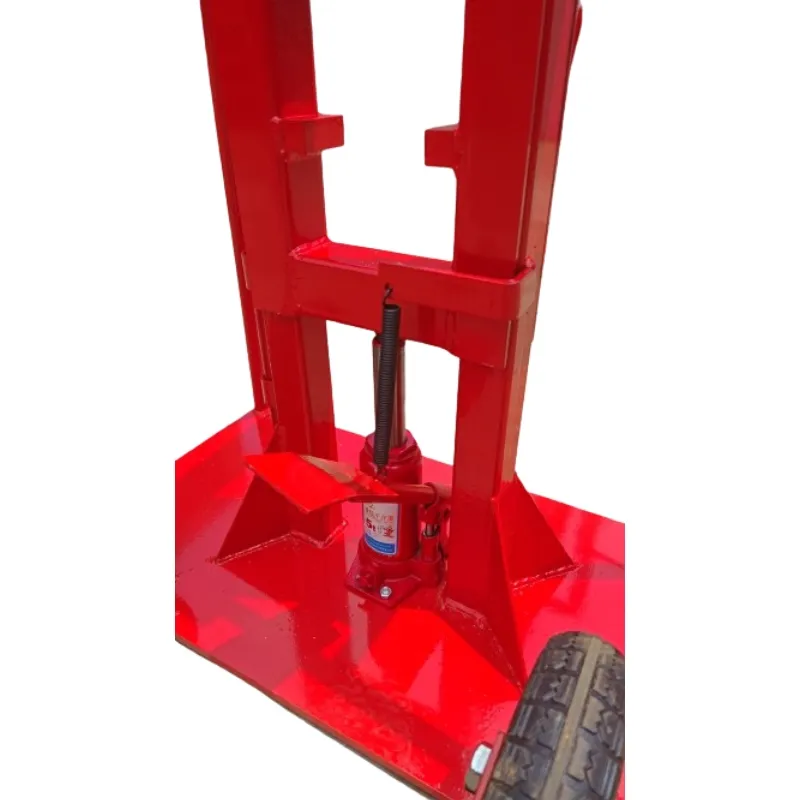
-
 Afrikaans
Afrikaans -
 Albanian
Albanian -
 Amharic
Amharic -
 Arabic
Arabic -
 Armenian
Armenian -
 Azerbaijani
Azerbaijani -
 Basque
Basque -
 Belarusian
Belarusian -
 Bengali
Bengali -
 Bosnian
Bosnian -
 Bulgarian
Bulgarian -
 Catalan
Catalan -
 Cebuano
Cebuano -
 Corsican
Corsican -
 Croatian
Croatian -
 Czech
Czech -
 Danish
Danish -
 Dutch
Dutch -
 English
English -
 Esperanto
Esperanto -
 Estonian
Estonian -
 Finnish
Finnish -
 French
French -
 Frisian
Frisian -
 Galician
Galician -
 Georgian
Georgian -
 German
German -
 Greek
Greek -
 Gujarati
Gujarati -
 Haitian Creole
Haitian Creole -
 hausa
hausa -
 hawaiian
hawaiian -
 Hebrew
Hebrew -
 Hindi
Hindi -
 Miao
Miao -
 Hungarian
Hungarian -
 Icelandic
Icelandic -
 igbo
igbo -
 Indonesian
Indonesian -
 irish
irish -
 Italian
Italian -
 Japanese
Japanese -
 Javanese
Javanese -
 Kannada
Kannada -
 kazakh
kazakh -
 Khmer
Khmer -
 Rwandese
Rwandese -
 Korean
Korean -
 Kurdish
Kurdish -
 Kyrgyz
Kyrgyz -
 Lao
Lao -
 Latin
Latin -
 Latvian
Latvian -
 Lithuanian
Lithuanian -
 Luxembourgish
Luxembourgish -
 Macedonian
Macedonian -
 Malgashi
Malgashi -
 Malay
Malay -
 Malayalam
Malayalam -
 Maltese
Maltese -
 Maori
Maori -
 Marathi
Marathi -
 Mongolian
Mongolian -
 Myanmar
Myanmar -
 Nepali
Nepali -
 Norwegian
Norwegian -
 Norwegian
Norwegian -
 Occitan
Occitan -
 Pashto
Pashto -
 Persian
Persian -
 Polish
Polish -
 Portuguese
Portuguese -
 Punjabi
Punjabi -
 Romanian
Romanian -
 Russian
Russian -
 Samoan
Samoan -
 Scottish Gaelic
Scottish Gaelic -
 Serbian
Serbian -
 Sesotho
Sesotho -
 Shona
Shona -
 Sindhi
Sindhi -
 Sinhala
Sinhala -
 Slovak
Slovak -
 Slovenian
Slovenian -
 Somali
Somali -
 Spanish
Spanish -
 Sundanese
Sundanese -
 Swahili
Swahili -
 Swedish
Swedish -
 Tagalog
Tagalog -
 Tajik
Tajik -
 Tamil
Tamil -
 Tatar
Tatar -
 Telugu
Telugu -
 Thai
Thai -
 Turkish
Turkish -
 Turkmen
Turkmen -
 Ukrainian
Ukrainian -
 Urdu
Urdu -
 Uighur
Uighur -
 Uzbek
Uzbek -
 Vietnamese
Vietnamese -
 Welsh
Welsh -
 Bantu
Bantu -
 Yiddish
Yiddish -
 Yoruba
Yoruba -
 Zulu
Zulu


Dec . 31, 2024 08:43 Back to list
electrical panel wire clamps
Understanding Electrical Panel Wire Clamps An Essential Component for Safe Wiring
Electrical systems are complex networks that require meticulous attention to detail to ensure safety and efficiency. Among the many components that contribute to a functioning electrical panel, wire clamps play a crucial role. These often-overlooked fixtures are essential for securing wires and cables, preventing them from loosening or becoming damaged over time. In this article, we will explore the importance of wire clamps, the different types available, and some best practices for their installation.
What Are Electrical Panel Wire Clamps?
Wire clamps, also known as cable clamps or conduit clamps, are devices used to secure and organize wiring in electrical panels and other installations. They help to prevent wires from moving freely, which can lead to wear and damage, creating a potential safety hazard. These clasps are typically made from materials such as plastic, metal, or a combination of both, depending on the application and environment where they will be used.
The Importance of Wire Clamps
The primary purpose of wire clamps is to maintain the integrity of the electrical system by keeping wires securely in place. Loose wires can create several problems, including
1. Short Circuits Loose or unprotected wires may come into contact with one another or with metallic surfaces, leading to short circuits that can damage equipment or cause electrical fires. 2. Wear and Tear Constant movement or friction can wear down wire insulation, exposing conductive materials and increasing the risk of electrical hazards.
3. Organization and Accessibility Properly secured wires create a more organized panel, making it easier for technicians to access, troubleshoot, or upgrade components as necessary.
Types of Wire Clamps
Wire clamps come in various types, each designed for specific applications. Some of the most common include
electrical panel wire clamps

2. Metal Clamps Typically used in industrial settings, metal clamps provide robust support and protection against physical damage. They can withstand higher temperatures and are suitable for environments exposed to harsh conditions.
3. Rubber Grommet Clamps Ideal for protecting wires as they pass through panels or enclosures, rubber grommet clamps provide cushioning and help prevent chafing and wear.
4. Snap-in Clamps These clamps are designed for quick installation and removal, making them suitable for temporary setups or frequent changes in wiring configurations.
Best Practices for Installation
To ensure that wire clamps function effectively and safely, consider the following best practices during installation
1. Assess the Environment Choose the right type of clamp based on the environment where it will be used. Factors such as moisture exposure, temperature extremes, and physical stress should guide your selection.
2. Follow Electrical Codes Always adhere to local electrical codes and regulations when installing wire clamps. This will help ensure safety and compliance with legal standards.
3. Secure Tightness While it is important to secure wires, avoid overtightening metal clamps, as this can damage the wire insulation. A snug fit is usually sufficient.
4. Regular Inspections Periodically inspect your electrical panels for loose wires or damaged clamps. Early detection can prevent larger issues down the road.
Conclusion
In summary, electrical panel wire clamps are integral components that contribute significantly to the safety and efficiency of electrical systems. By choosing the appropriate type of clamp and adhering to installation best practices, you can help avert potential electrical hazards and ensure that your wiring remains organized and accessible. Whether you are a seasoned electrician or a DIY enthusiast, understanding the role of wire clamps can significantly enhance the quality and safety of your electrical projects.
Latest news
What Are Construction Tools and How Are They Used?
NewsJul.11,2025
Professional-Grade Duct Rodding Tools for Superior Cable Installation
NewsJul.11,2025
Enhancing Safety and Efficiency with Modern Hot Stick Solutions
NewsJul.11,2025
Empowering Cable Installation with Advanced Rodder Solutions
NewsJul.11,2025
Elevate Your Cable Installation Projects with Cable Pulling Tools
NewsJul.11,2025
Efficient Cable Handling Solutions: Cable Rollers for Sale
NewsJul.11,2025











